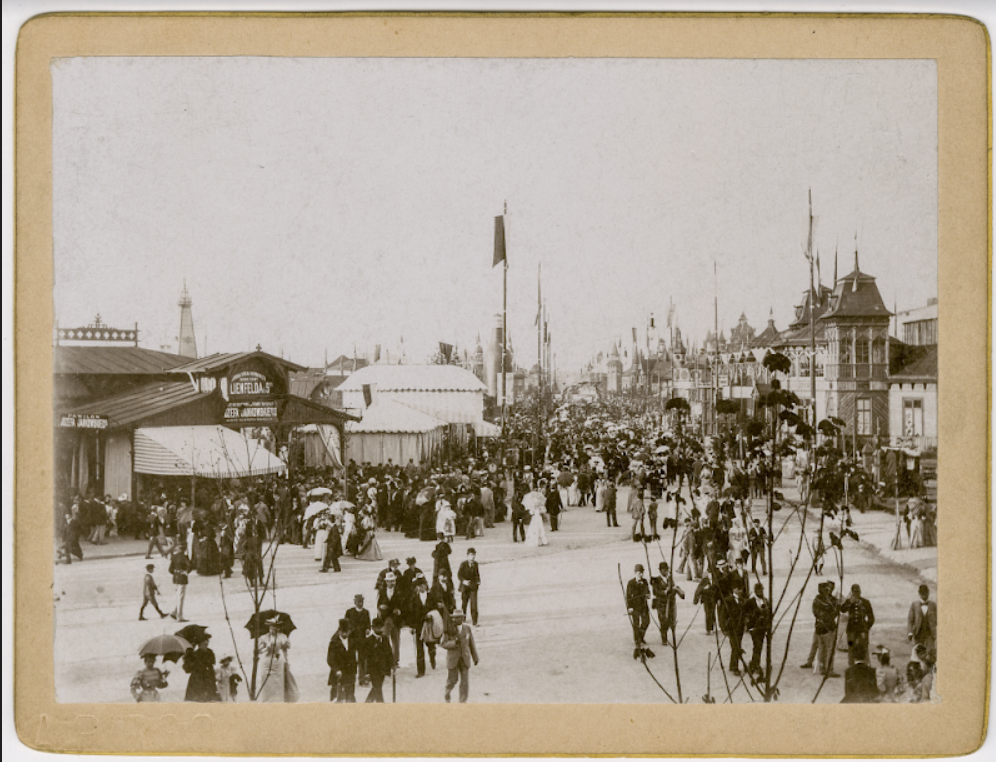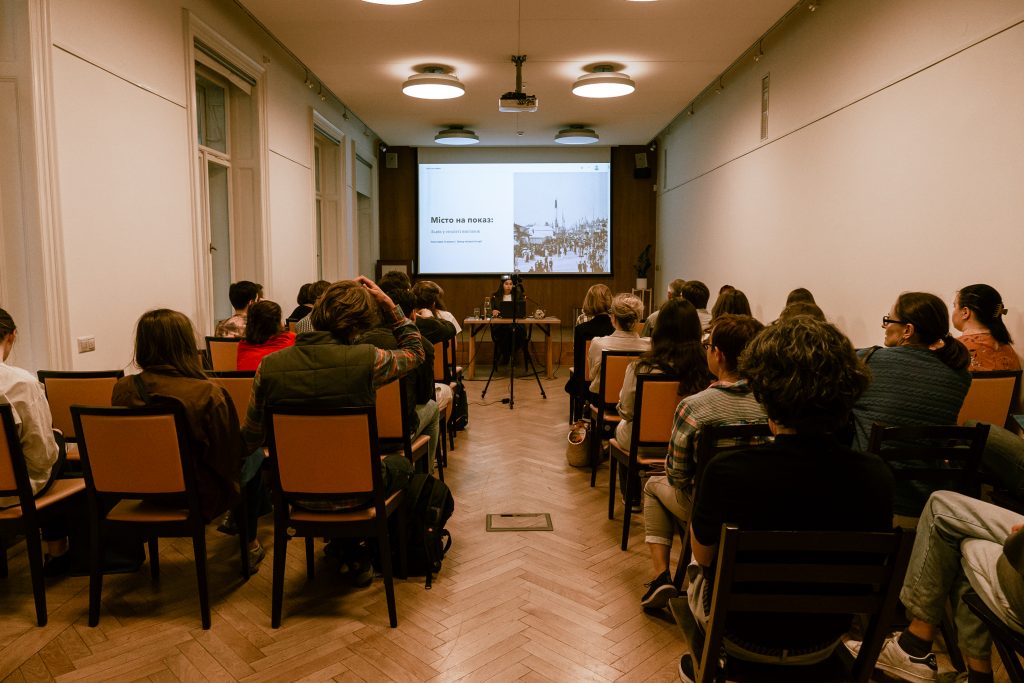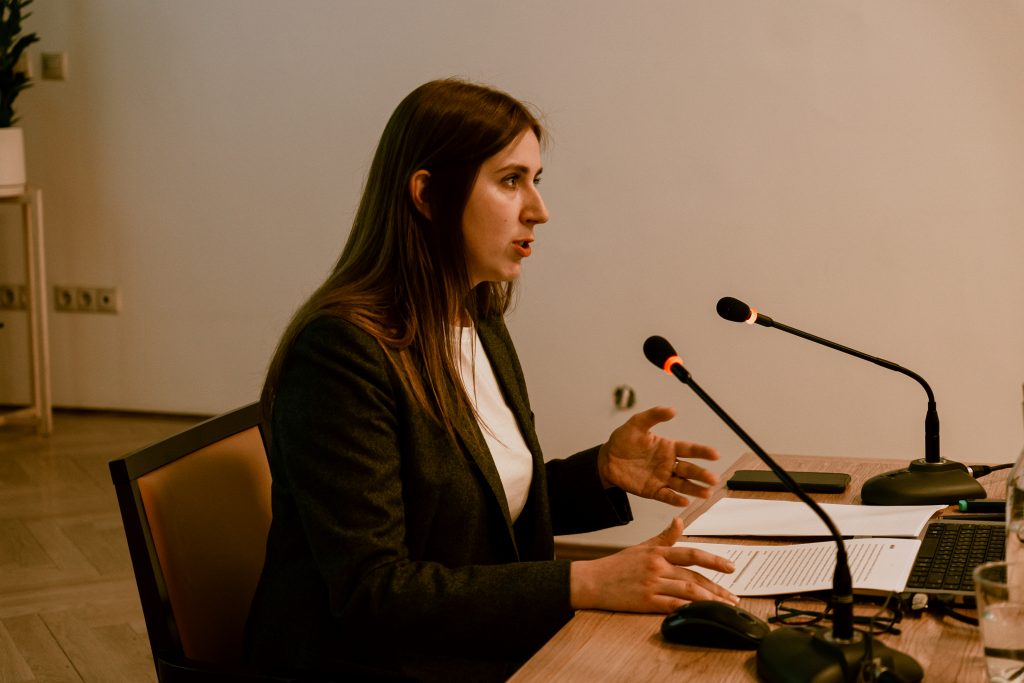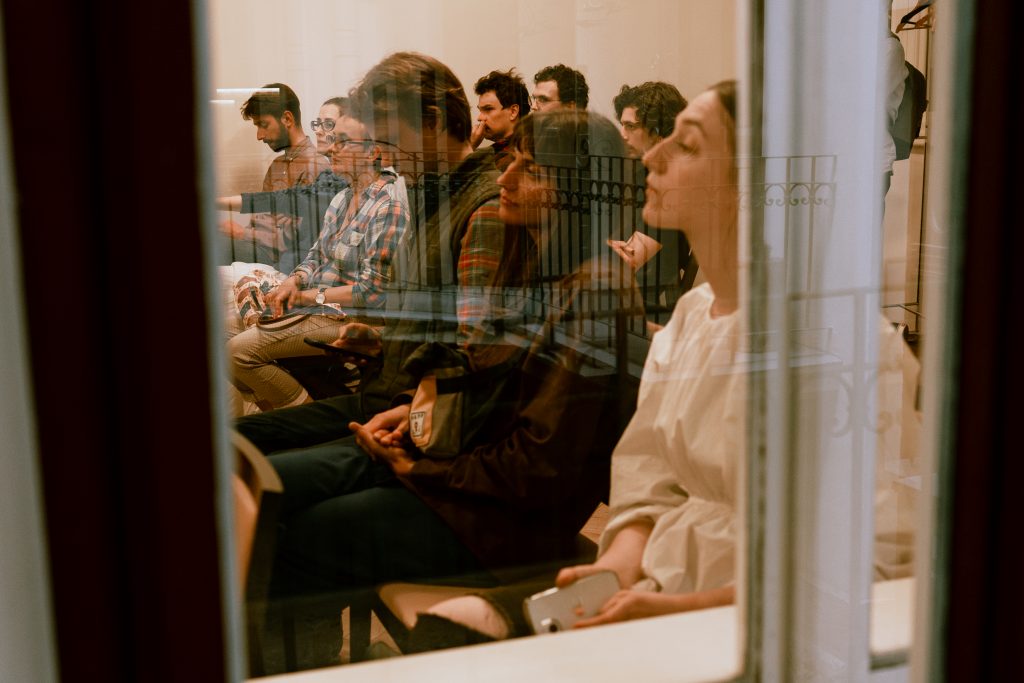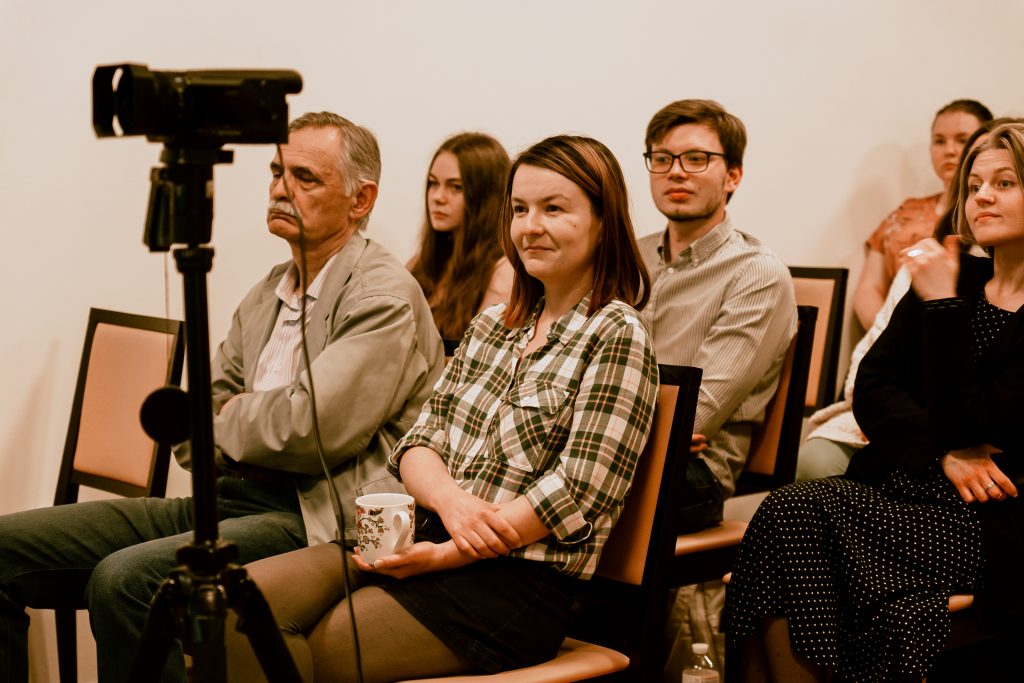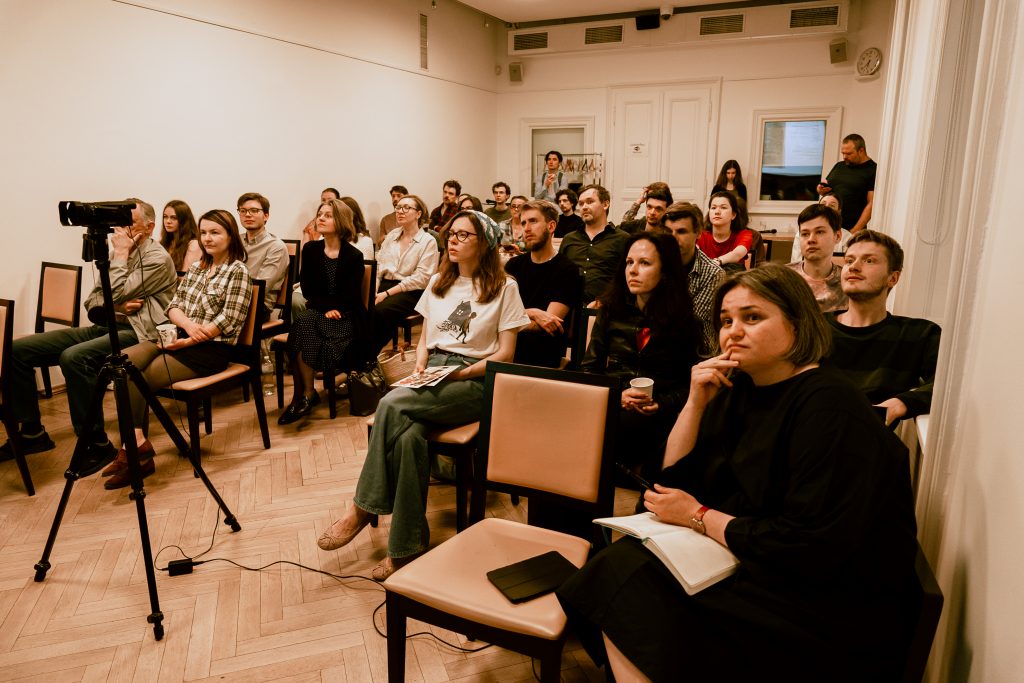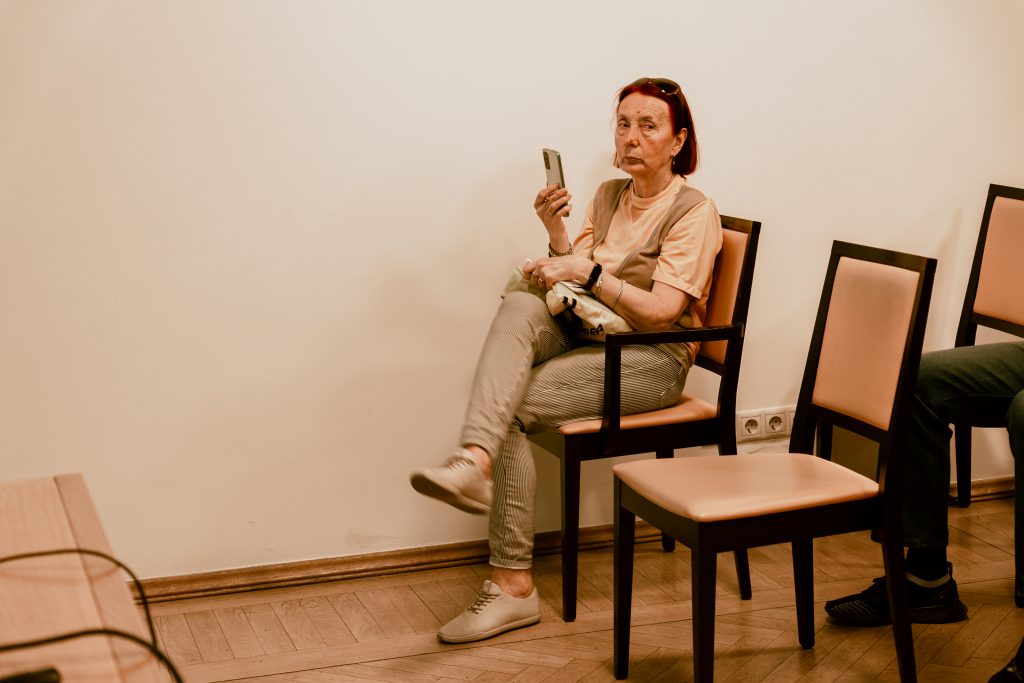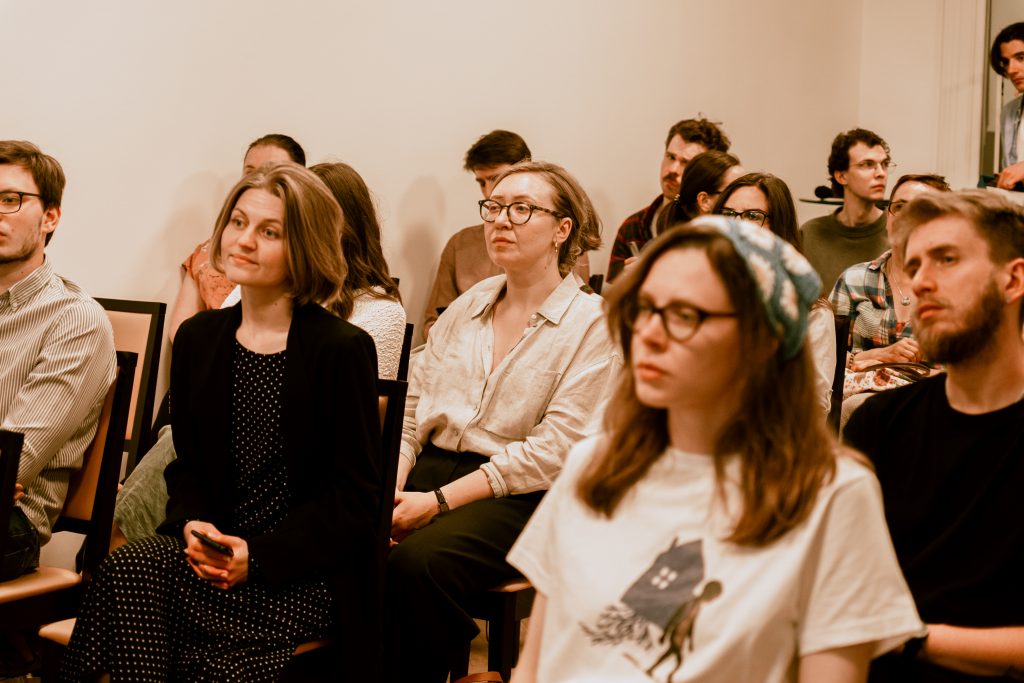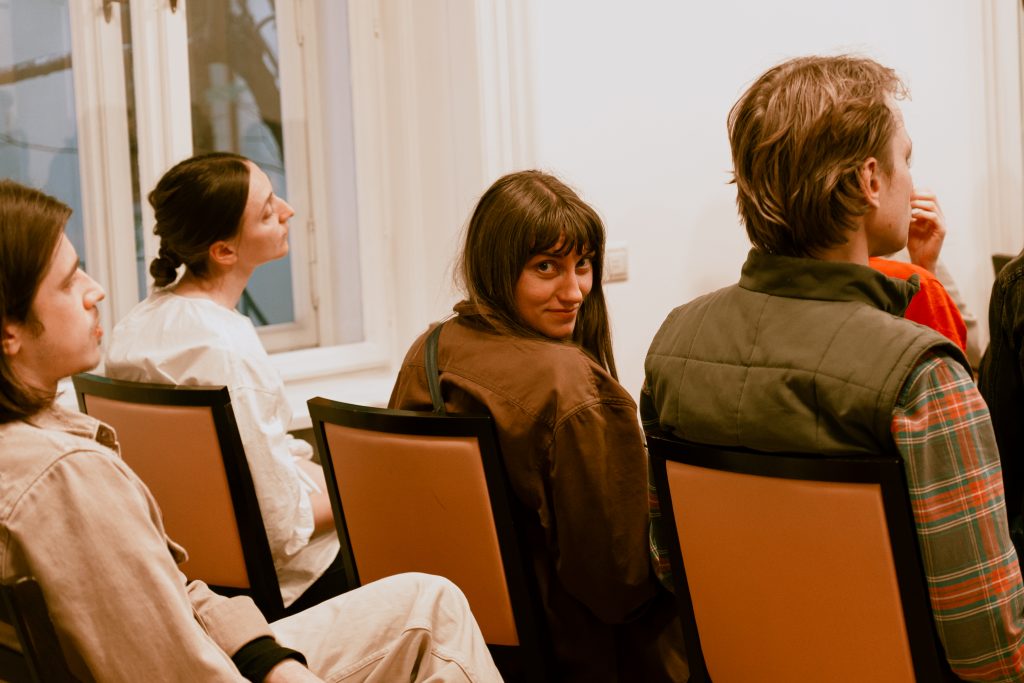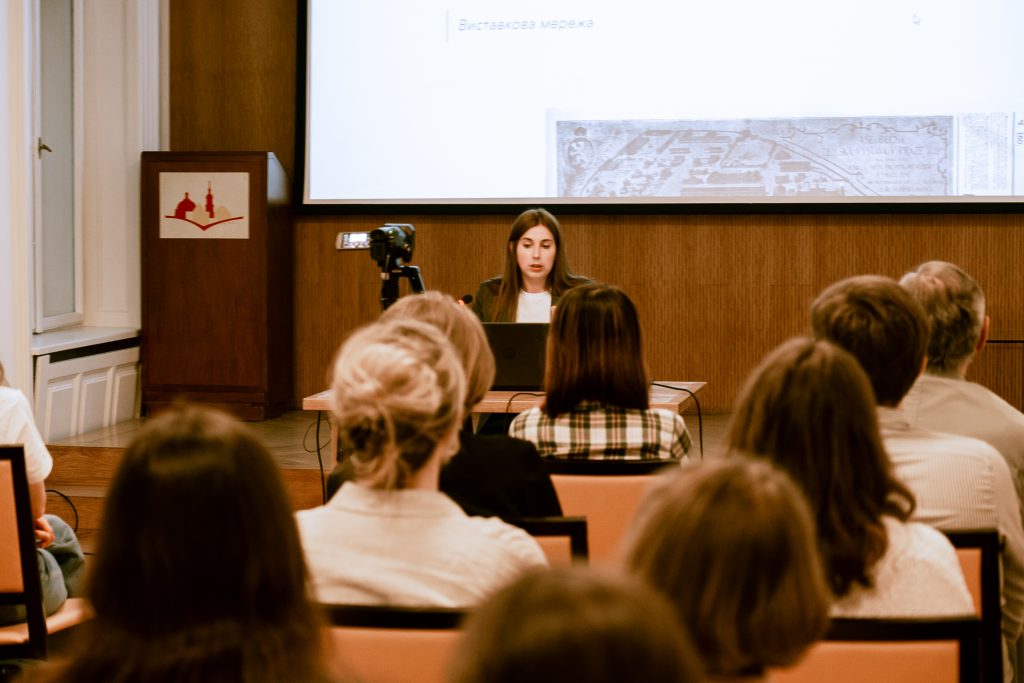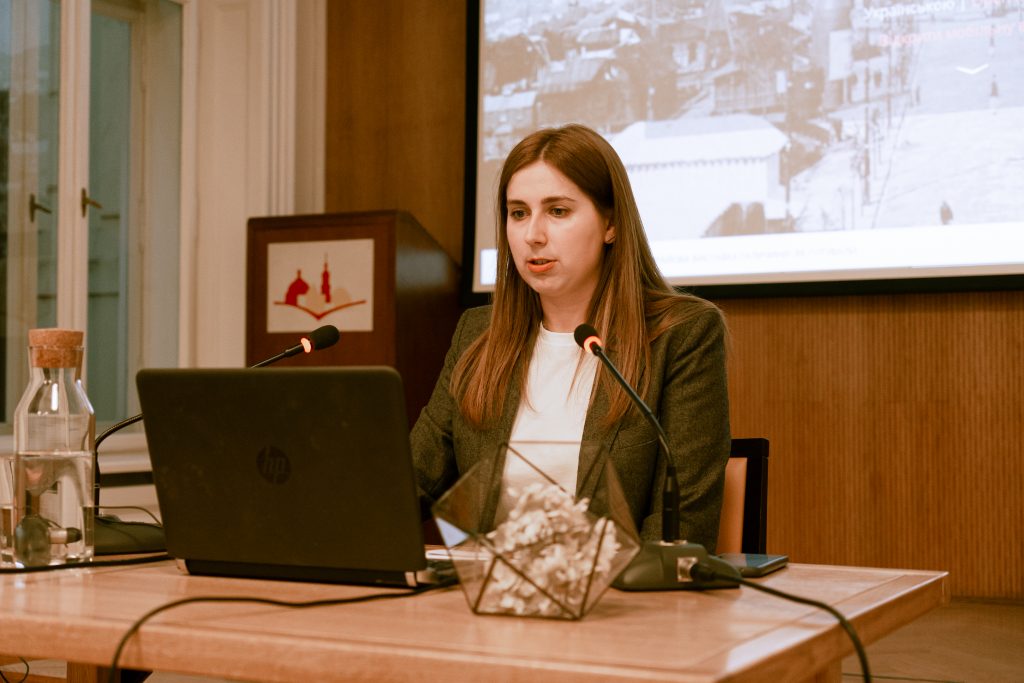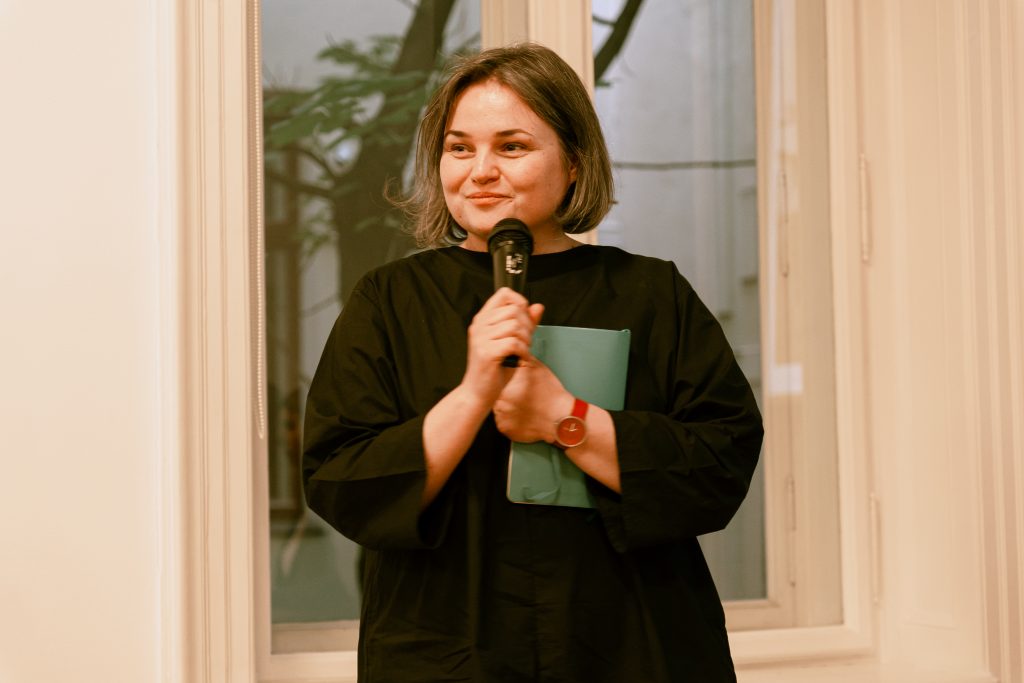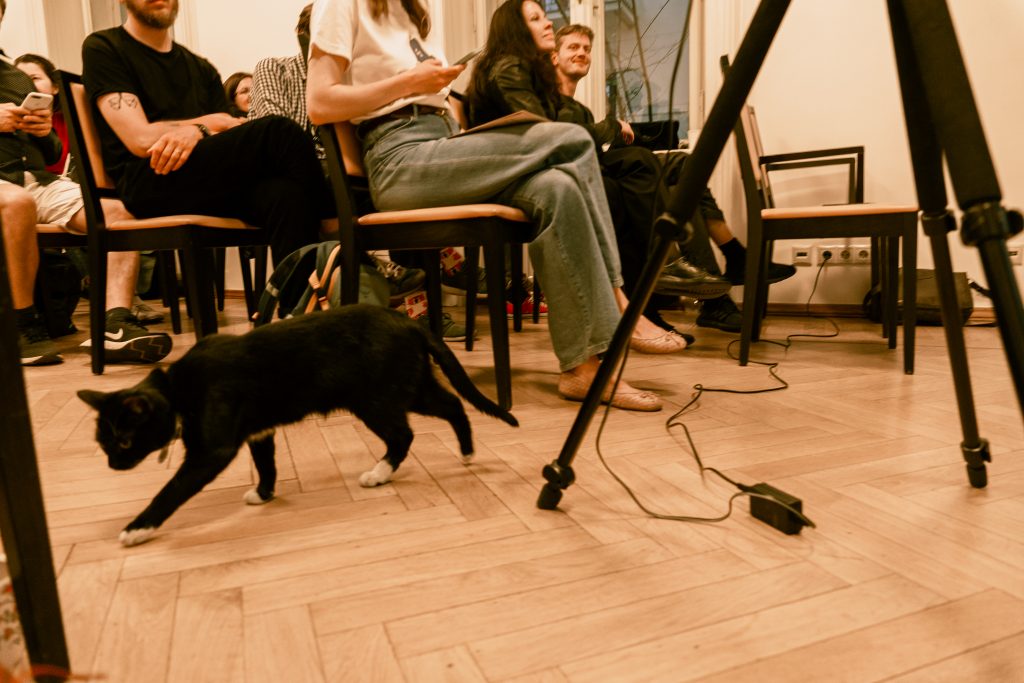City on Display: Lviv in the Century of Exhibitions
Roksolyana Holovata
Center for Urban History24.5.2023, 18:30
Conference Room of the Center for Urban History
We invite you to attend the lecture by Roksolyana Holovata on the centenary of exhibitions and their role in representing the city. The event will take place as part of the lecture series "Let's Have a City..." dedicated to the experiences of Lviv's modernity.
The nineteenth century has many defining characteristics, and one of them is related to exhibitions. Empires, nations, and cities used exhibition spaces to demonstrate not only their achievements but also their aspirations. Global/international or regional/local exhibitions had similar strategies and tools for implementation.
If the Great Exhibition in London in 1851 laid the foundation for world exhibitions, then after its success, Paris took over the leadership in the exhibition movement. Five such events were held here during the second half of the nineteenth century. Unlike London, Paris was not only a space for exhibitions, but the modernization of the city itself became a center of attraction and one of the key models for many exhibition organizers in Europe and beyond.
The lecture will focus on the example of the 1894 Regional Exhibition in Lviv. The exhibition was perhaps the most prominent event in the life of Lviv at the end of the century. The exhibition was located near Stryiskyi Park and combined the idea of "civilizational progress," representation of the region and the city, entertainment, and cognition.
Considering the Regional Exhibition in a broad contextual framework, the researcher will try to answer, among other things, the question of the networks of connections that the organizers of the exhibition built and what they were mainly looking for. What was the role of the city authorities in preparing for the exhibition, and what measures did they take to "showcase" themselves? What did the organizers expect from it? Which impressions did the exhibition evoke among the city's residents and visitors? And what did it eventually become in the urban fabric of turn-of-the-century Lviv?

Roksolyana Holovata
Center for Urban HistoryHistory editor of the Lviv Interactive project. Her PhD thesis was supported by the Visegrad Fund. The topic of the research covers urban changes in the Halych suburb in Lviv, its socio-topography, and perception of space in the long 19th century. Research interests: urban studies, perception of space, art networks in Lviv, and their manifestations in the city’s public space.
Credits
Cover Image: Collection of the Princes Lubomirski Museum / Ossoliński National Institute in Wroclaw.
Gallery: Olya Klymuk
